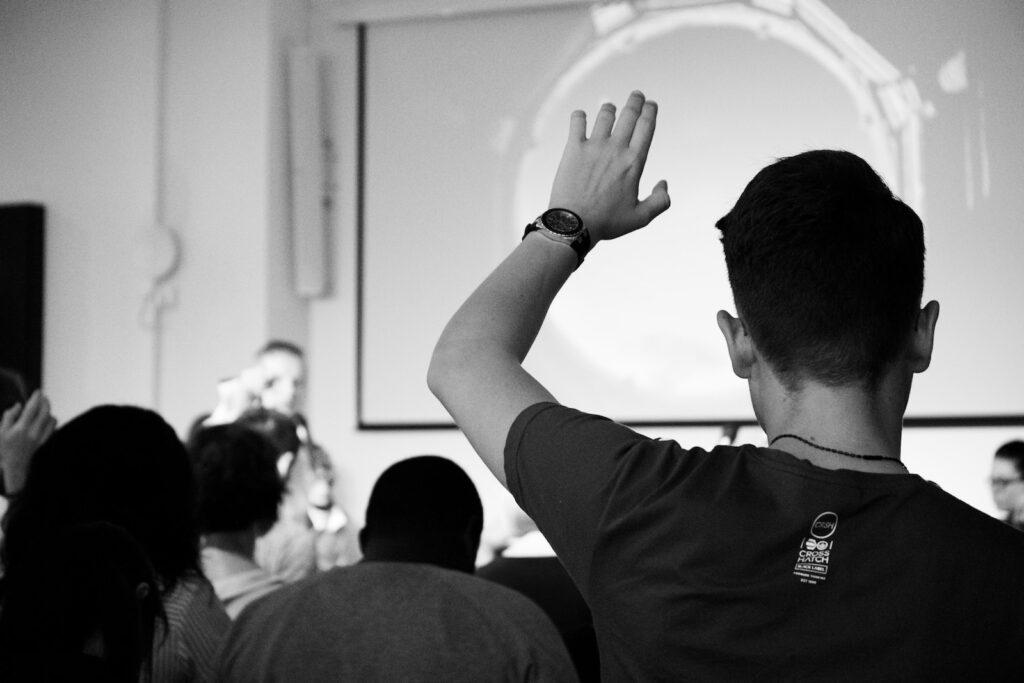Why Team Training Doesn’t Stick (and Tips to Make it Effective)
Investing in team training is one of the most powerful ways to improve collaboration, productivity, and engagement in the workplace. Yet, many organizations find themselves wondering why the lessons from training sessions often fail to translate into lasting change. The truth is, while training can be highly effective, several common pitfalls prevent it from “sticking.” Here’s a look at why team training sometimes falls short—and what you can do to ensure it has a lasting impact.

1. Too Much, Too Fast
One of the most common mistakes in training is trying to cover too much material in a single session. When employees are bombarded with an overload of information, retention drops significantly. Participants may feel overwhelmed, unable to process or apply the key takeaways.
The Solution:
Break training into smaller, modular sessions. This allows participants to absorb information in manageable chunks and apply their learning before moving on to new concepts. For example, a workshop on conflict resolution might start with understanding conflict styles, followed by a later session on applying strategies in real scenarios.
2. No Follow-Up or Reinforcement
Training sessions are often treated as a “one-and-done” event. Without follow-up, the lessons quickly fade as employees return to their daily routines. Behavioral change requires reinforcement, yet many organizations fail to provide ongoing support or reminders of what was learned.
The Solution:
Incorporate follow-up sessions, check-ins, or coaching to reinforce the training. For example, team leaders can schedule a follow-up meeting a month after the training to discuss how participants have applied the lessons and what challenges they’ve encountered.
3. Lack of Practical Application
When training feels disconnected from the team’s actual work environment, it’s less likely to stick. Participants need opportunities to practice what they’ve learned in real-world situations. Without this, even the most engaging training can feel theoretical or irrelevant.
The Solution:
Ensure training is customized to the team’s challenges and includes actionable exercises. Role-playing, case studies, or real-life scenarios relevant to the participants’ roles help bridge the gap between theory and practice.
4. Limited Buy-In from Leadership
If leadership isn’t actively involved in the training process, employees may perceive it as less important. When leaders fail to model or reinforce the behaviors taught in training, the message becomes diluted.
The Solution:
Leadership should not only endorse the training but also participate in it. When leaders demonstrate their commitment by attending sessions and applying the principles, it signals to employees that the training matters.
5. Misalignment with Organizational Goals
Training that doesn’t align with the team’s or organization’s goals can feel like a box-ticking exercise. Employees may disengage if they don’t see how the training connects to their roles or the broader business strategy.
The Solution:
Work with trainers to ensure the content is relevant to the team’s objectives and challenges. For example, a team working on a global project might benefit more from a session on cultural communication than a generic leadership workshop.
6. Lack of Accountability
Without accountability, it’s easy for employees to revert to old habits. If there’s no system in place to track progress or encourage implementation, training becomes another forgotten initiative.
The Solution:
Set clear expectations for applying the training and hold participants accountable. This could include measurable goals, peer feedback, or a plan to discuss outcomes during regular team meetings.
How to Make Team Training Stick
To ensure your training investment delivers lasting results, consider these strategies:
- Space Out Learning: Deliver training in smaller, spaced-out modules rather than all at once.
- Provide Follow-Up Support: Schedule coaching or follow-up sessions to reinforce learning.
- Make It Relevant: Customize training to address real-world challenges your team is facing.
- Engage Leadership: Involve leaders to champion the training and model its principles.
- Encourage Practice: Create opportunities for participants to apply new skills immediately.
- Track Progress: Use metrics or feedback loops to measure the impact of the training.
The Rodina Ventures Approach
At Rodina Ventures, we believe that effective team training is a journey, not a single event. Our programs are designed to be practical, modular, and customized to your organization’s specific needs. As certified leadership and executive coaches, we also provide follow-up coaching to ensure the training is applied and reinforced over time.